Summary
Dear Readers,
AI plays a crucial role in our blog, helping us manage our time more effectively to keep the content flowing. While AI assists with content creation, which may lead to occasional spelling or grammar errors, our primary goal remains clear: to deliver meaningful insights to you. For important matters, please consult a specialist.
Thank you for your understanding and support.
Best regards,
Education.com.cy
The article discusses the various challenges faced by web developers in e-commerce projects. It highlights common misconceptions among clients, such as the belief that creating an e-shop will lead to quick profits and the lack of understanding of the complexities involved in web development and digital marketing. The article also addresses issues related to client expectations, such as the need for clear contracts to avoid excessive revisions and the misunderstanding of the differences between owning an e-shop and marketing it effectively. Additionally, it points out the problems with inexperienced developers who rely on templates and plugins without understanding the technical aspects, leading to subpar results. The importance of operational marketing and the unrealistic expectations of 24/7 website uptime are also discussed. Finally, the article emphasizes the need for mutual understanding and collaboration between business owners and web developers to ensure successful e-commerce projects.
Introduction
The realm of e-commerce has grown exponentially over the past decade, presenting both opportunities and challenges for web developers. As professionals tasked with creating and maintaining online stores, web developers encounter a myriad of issues that can significantly impact the success of these projects. Understanding these challenges is crucial, as it not only helps in setting realistic expectations but also fosters better collaboration between developers and business owners. Addressing these challenges effectively is essential for building robust, user-friendly, and profitable e-commerce platforms.
Main Sections
Technical Challenges
Web developers in e-commerce projects face several technical challenges that can significantly impact the success of an online store. Here are some detailed explanations, examples, and applications of these challenges:
- Client Expectations and Misunderstandings:
- Explanation: Clients often have unrealistic expectations, believing that an e-commerce site will quickly generate profit without understanding the complexities involved.
- Example: A client might expect a fully functional e-commerce site to be built within a week and start generating sales immediately.
-
Application: Developers need to manage client expectations through clear communication and detailed contracts that outline the scope, timeline, and costs involved.

-
Platform Selection and Customization:
- Explanation: Choosing the right platform (e.g., WordPress, OpenCart, Shopify) is crucial, but many developers may only be familiar with one platform and push it regardless of its suitability.
- Example: A developer might recommend WordPress because they are comfortable with it, even if Shopify would be a better fit for the client’s needs.
-
Application: Developers should assess the client’s requirements and choose the platform that best meets those needs, customizing it as necessary to ensure optimal performance.
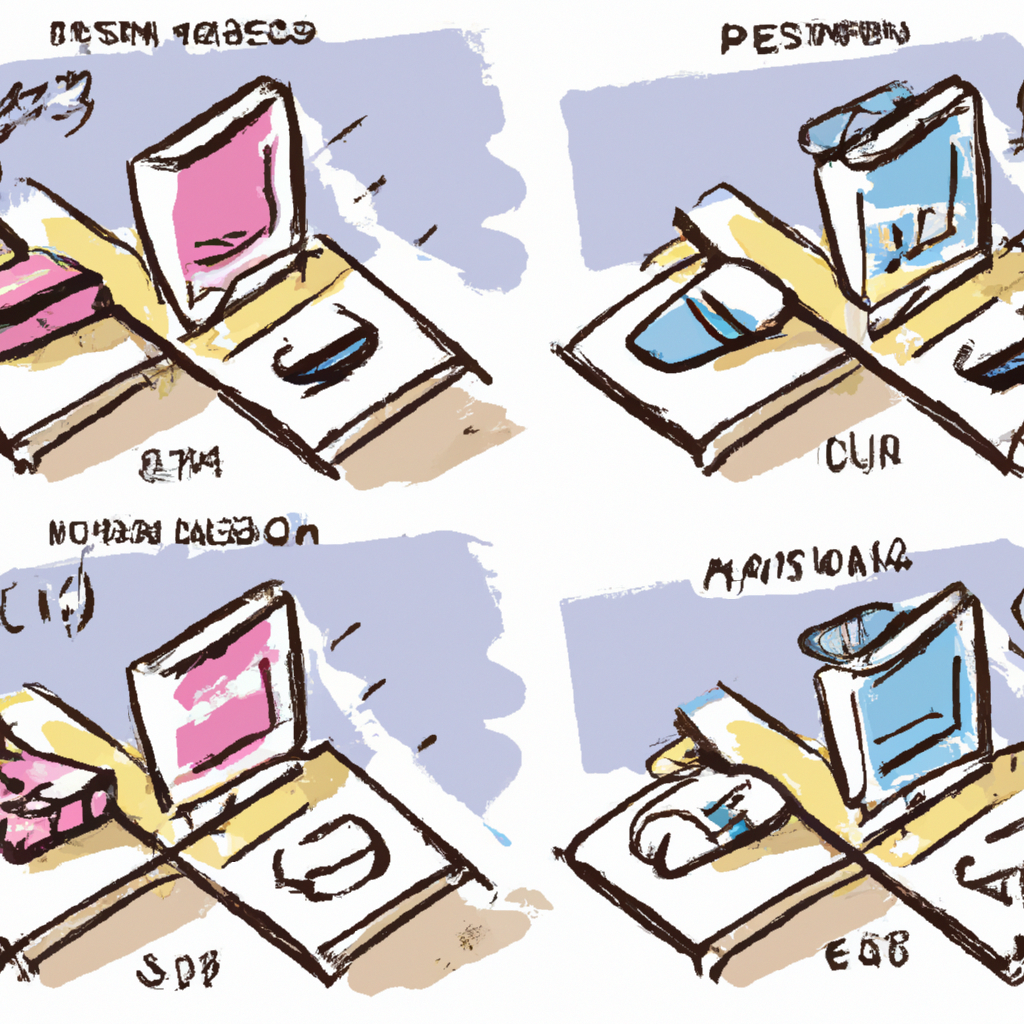
-
Understanding and Implementing Advanced Features:
- Explanation: Clients often do not understand the difference between simple and advanced features, leading to frequent revision requests and scope creep.
- Example: A client might request a complex inventory management system without realizing the additional time and cost involved.
-
Application: Developers should provide detailed explanations and cost estimates for advanced features to help clients make informed decisions.
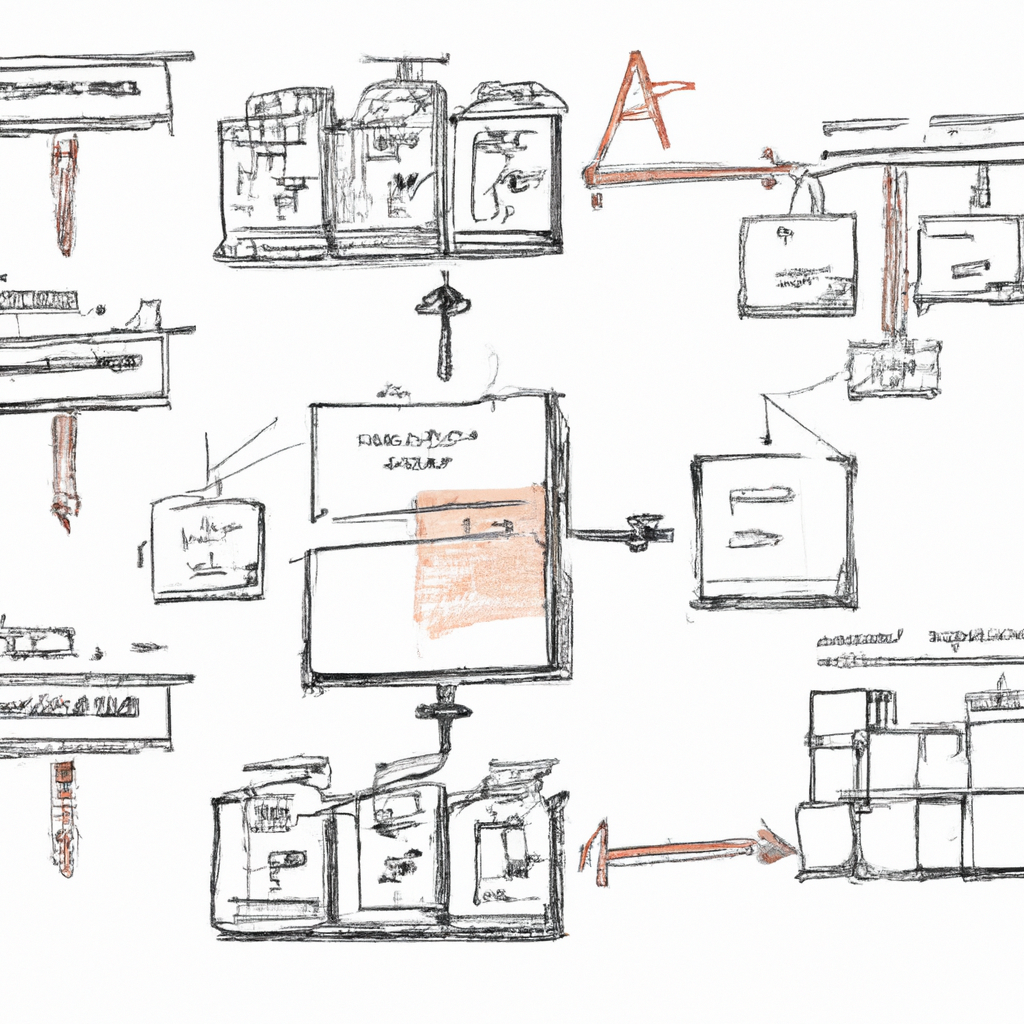
-
Operational Marketing Integration:
- Explanation: Integrating operational marketing tools (e.g., automated social media posting, video creation) can be challenging, especially if the developer lacks marketing knowledge.
- Example: A developer might struggle to set up a system where a new product listing automatically generates and posts a promotional video across multiple platforms.
-
Application: Collaboration with marketing professionals or gaining additional skills in operational marketing can help developers create more comprehensive solutions.

-
Website Downtime and Maintenance:
- Explanation: Ensuring minimal downtime is critical, but clients often do not understand the limitations of web hosting services and the need for regular maintenance.
- Example: A client might blame the developer for any downtime, not realizing that updates or server issues can cause temporary outages.
-
Application: Developers should educate clients about the importance of reliable hosting services, such as using Cloudflare, and the necessity of ongoing maintenance to minimize downtime.

-
Budget Constraints and Cost Management:
- Explanation: Clients often have limited budgets but expect high-quality, feature-rich websites.
- Example: A client might expect a custom-built e-commerce site with advanced features for the price of a basic template-based site.
-
Application: Developers need to provide transparent pricing and explain the costs associated with different features and levels of customization.

-
Dealing with Inexperienced or Non-Technical Clients:
- Explanation: Clients with little technical knowledge may struggle to manage their e-commerce site, leading to frequent support requests and misunderstandings.
- Example: A client might not know how to update product listings or manage inventory, requiring constant assistance from the developer.
- Application: Providing training sessions, detailed documentation, and user-friendly interfaces can help clients become more self-sufficient.

By addressing these technical challenges through effective communication, proper planning, and ongoing support, web developers can create successful e-commerce projects that meet client expectations and perform reliably.
Security Concerns
Security concerns are a significant aspect of e-commerce projects that web developers must address to ensure the safety and integrity of online stores. Here are some detailed explanations, examples, and applications of these concerns:
- Data Protection:
- Explanation: Protecting sensitive customer data, such as personal information and payment details, is crucial. Data breaches can lead to severe financial and reputational damage.
- Examples: Implementing SSL certificates to encrypt data transmitted between the user’s browser and the server. Using secure payment gateways like PayPal or Stripe to handle transactions.
-
Applications: Regularly updating software and plugins to patch vulnerabilities, employing strong password policies, and using two-factor authentication (2FA) for additional security.

-
SQL Injection:
- Explanation: SQL injection attacks occur when malicious actors exploit vulnerabilities in an application’s software to execute unauthorized SQL commands.
- Examples: An attacker might input malicious SQL code into a form field, which, if not properly sanitized, could allow them to access or manipulate the database.
-
Applications: Using prepared statements and parameterized queries to prevent SQL injection. Regularly scanning for vulnerabilities and applying security patches.

-
Cross-Site Scripting (XSS):
- Explanation: XSS attacks involve injecting malicious scripts into web pages viewed by other users. These scripts can steal cookies, session tokens, or other sensitive information.
- Examples: An attacker might inject a script into a product review section that executes when other users view the review.
-
Applications: Validating and sanitizing user inputs, using Content Security Policy (CSP) headers to restrict the sources from which scripts can be loaded, and escaping data before rendering it in the browser.

-
Cross-Site Request Forgery (CSRF):
- Explanation: CSRF attacks trick users into performing actions they did not intend to perform by exploiting their authenticated sessions.
- Examples: An attacker could create a malicious link that, when clicked by an authenticated user, performs an unwanted action like changing account details or making a purchase.
-
Applications: Implementing anti-CSRF tokens in forms and ensuring that state-changing requests require these tokens to be validated.

-
Authentication and Authorization:
- Explanation: Ensuring that users are who they claim to be (authentication) and that they have permission to access certain resources (authorization) is fundamental.
- Examples: Using OAuth for secure third-party authentication, implementing role-based access control (RBAC) to restrict access based on user roles.
-
Applications: Regularly reviewing and updating access controls, using multi-factor authentication (MFA), and monitoring login attempts for suspicious activity.

-
Secure Development Practices:
- Explanation: Adopting secure coding practices from the outset can prevent many security issues.
- Examples: Following the OWASP Top Ten security risks guidelines, conducting code reviews, and using static and dynamic analysis tools to identify vulnerabilities.
-
Applications: Training developers on secure coding practices, integrating security checks into the development pipeline, and performing regular security audits.
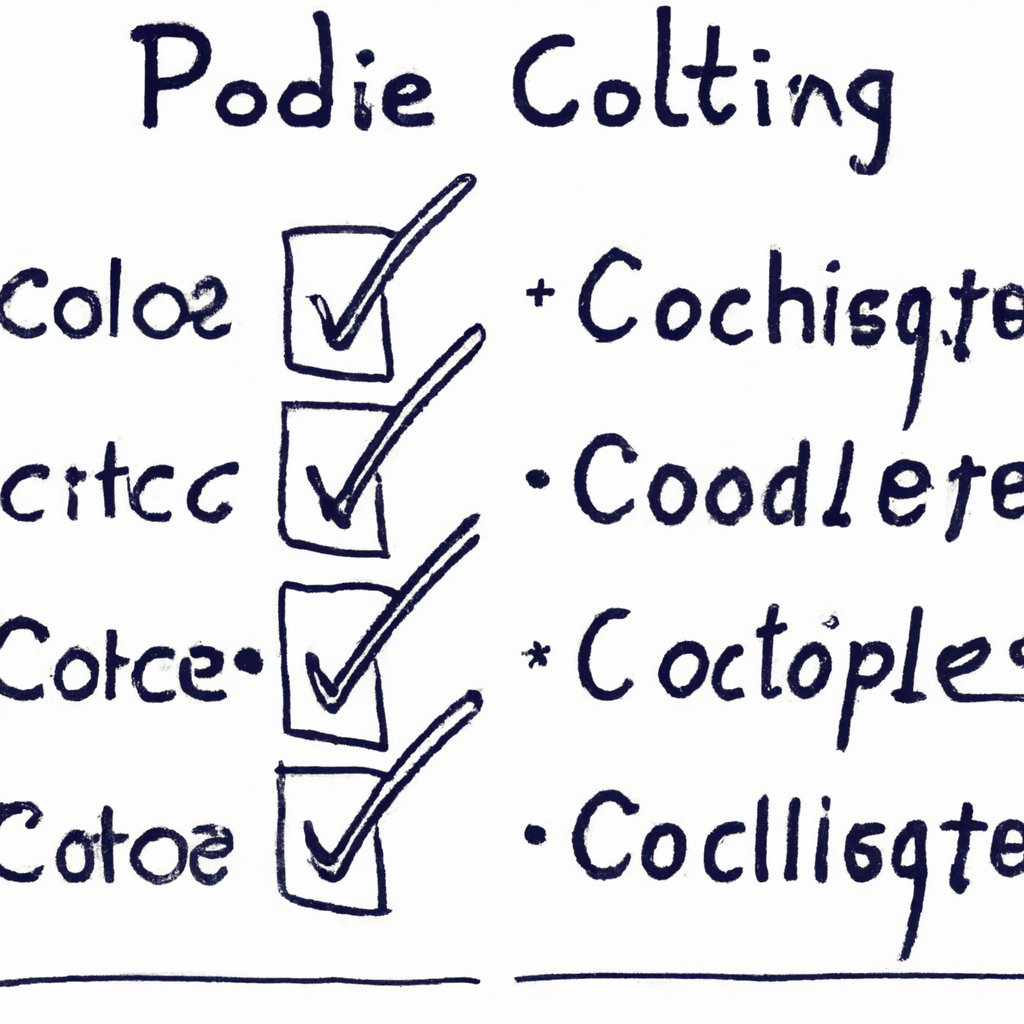
-
Server and Infrastructure Security:
- Explanation: Securing the server and underlying infrastructure is as important as securing the application itself.
- Examples: Using firewalls, intrusion detection systems (IDS), and regularly updating server software.
- Applications: Configuring servers to minimize exposed services, using secure configurations, and employing network segmentation to limit the impact of potential breaches.

By addressing these security concerns, web developers can create robust and secure e-commerce platforms that protect both the business and its customers from potential threats.
Performance Optimization
Performance optimization in e-commerce projects presents several challenges for web developers. These challenges can significantly impact the user experience and the overall success of an online store. Here are some detailed explanations, examples, and applications of these challenges:
- Server Specifications and Hosting Issues:
- Explanation: Many developers encounter problems related to inadequate server specifications and unreliable hosting services. Clients often expect their websites to be online 24/7, but most web hosting services offer 99.9% uptime, which means occasional downtimes are inevitable.
- Example: A client might blame the developer for website downtime caused by server maintenance or updates, even though these issues are beyond the developer’s control.
-
Application: To mitigate these issues, developers can recommend using services like Cloudflare, which offers features to minimize downtime and enhance website performance.

-
Client Expectations and Budget Constraints:
- Explanation: Clients often have unrealistic expectations about the performance and cost of their e-commerce websites. They may not understand the complexities involved in maintaining a high-performing site and may be unwilling to invest in necessary optimizations.
- Example: A client might expect a high-traffic website to run smoothly on a low-cost hosting plan, leading to performance issues during peak times.
-
Application: Developers need to educate clients about the importance of investing in quality hosting and performance optimization tools. Clear communication about the costs and benefits of these investments is crucial.
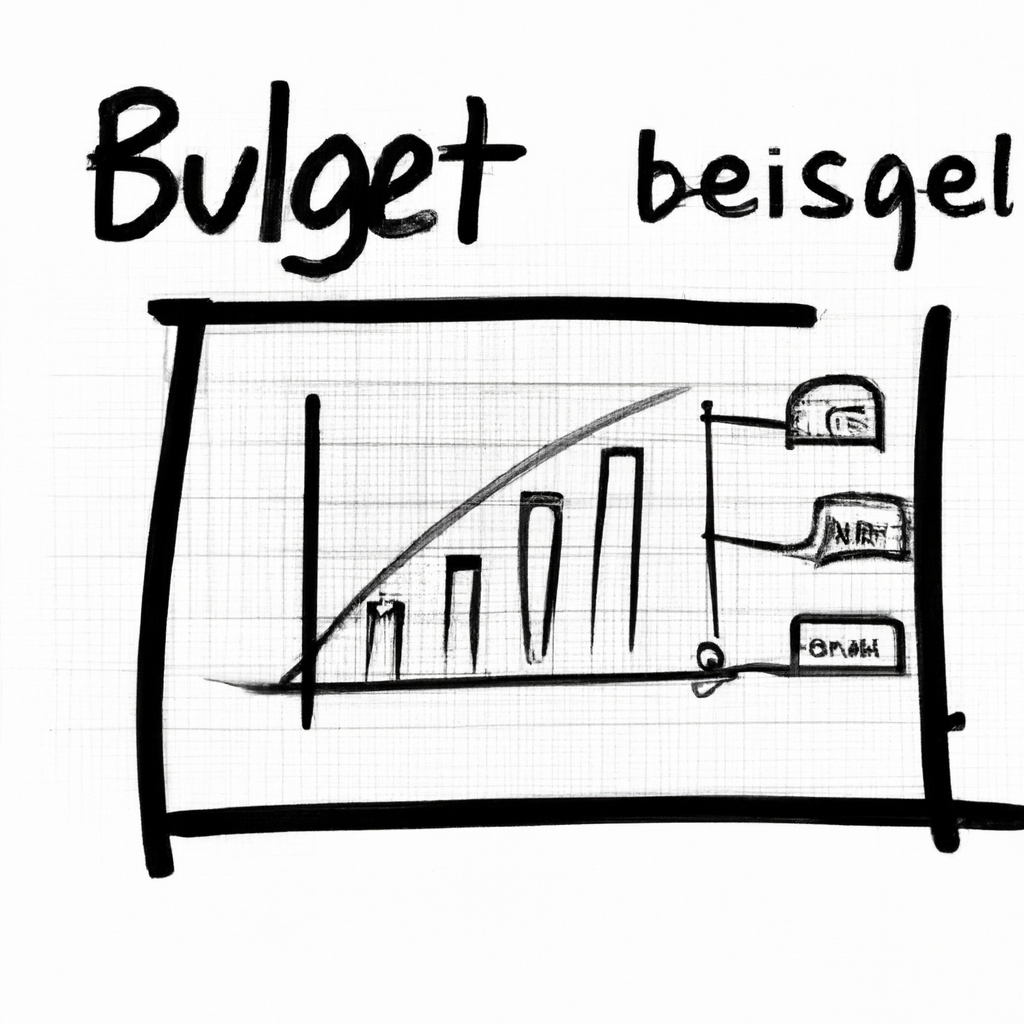
-
Platform Limitations and Developer Expertise:
- Explanation: The choice of e-commerce platform can significantly impact performance. Some developers may only be familiar with certain platforms and may not fully utilize the capabilities of others, leading to suboptimal performance.
- Example: A developer might choose a platform like WordPress or Shopify simply because they are familiar with it, even if another platform might be better suited for the client’s needs.
-
Application: Developers should have a broad understanding of various e-commerce platforms and choose the one that best fits the client’s requirements. Customizing the platform to optimize performance, rather than relying on default settings, is essential.

-
Operational Marketing Integration:
- Explanation: Integrating operational marketing strategies can be challenging, as it requires both marketing and technical expertise. Effective operational marketing involves automating tasks like product uploads, video creation, and social media posting.
- Example: A developer might struggle to implement a system that automatically generates and posts marketing content across multiple platforms, leading to inefficiencies.
-
Application: Developers should collaborate with marketing professionals to create seamless integrations that enhance the e-commerce site’s performance and marketing reach.
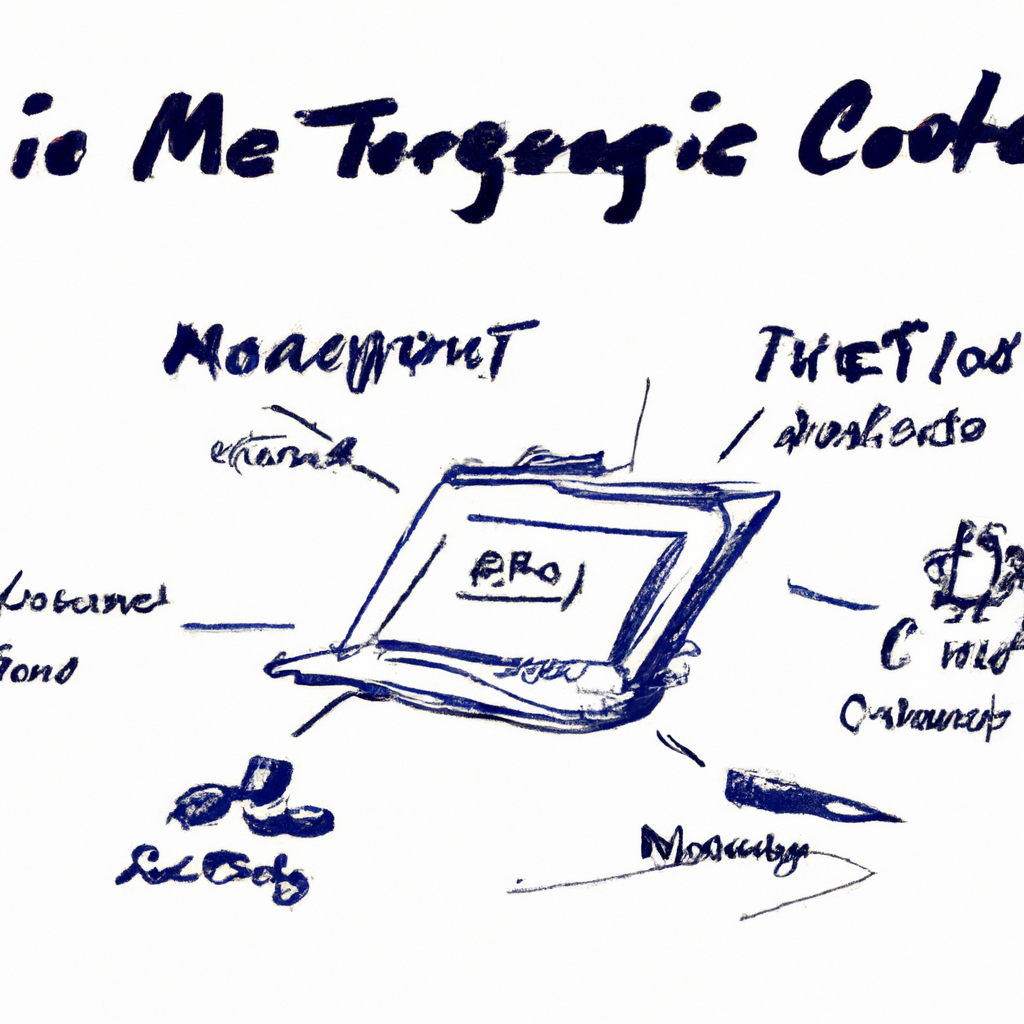
-
Handling Client Revisions and Feature Requests:
- Explanation: Clients often request numerous revisions and additional features without understanding the impact on performance. Each new feature can add complexity and potentially slow down the website.
- Example: A client might request advanced search functionality or real-time inventory updates, which can strain server resources and affect load times.
-
Application: Developers need to balance client requests with performance considerations, explaining the trade-offs and suggesting alternatives that maintain optimal performance.

-
SEO and Social Media Integration:
- Explanation: Effective SEO and social media integration are crucial for driving traffic to e-commerce sites, but they can also impact performance. Poorly implemented SEO strategies or social media plugins can slow down the site.
- Example: A client might insist on using multiple social media plugins that load various scripts, significantly increasing page load times.
- Application: Developers should optimize SEO and social media integrations by using lightweight plugins and ensuring that scripts are loaded asynchronously to minimize performance impacts.
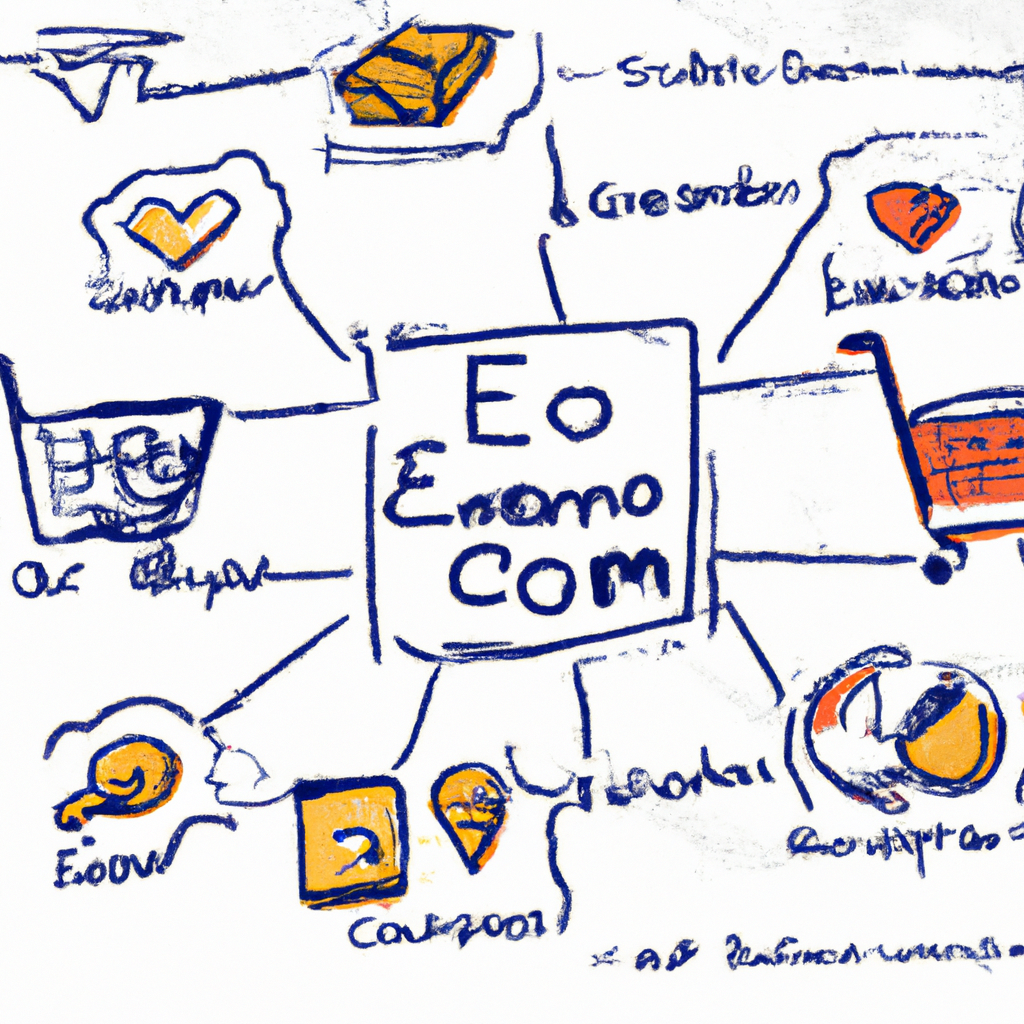
In conclusion, performance optimization in e-commerce projects involves addressing server issues, managing client expectations, choosing the right platform, integrating operational marketing, handling feature requests, and optimizing SEO and social media integrations. Developers must communicate effectively with clients and leverage their technical expertise to create high-performing, efficient e-commerce websites.
User Experience and Design
Web developers in e-commerce projects face several user experience (UX) and design challenges. One significant challenge is managing client expectations. Clients often believe that creating an e-commerce site will lead to quick profits, without understanding the complexities involved. This can lead to unrealistic demands and frequent revisions, especially when clients cannot differentiate between simple and advanced functionalities.
Another challenge is the selection of the right platform. Many developers may recommend platforms they are familiar with, rather than those best suited for the client’s needs. This can result in limitations if the chosen platform does not align with the project requirements. Skilled developers, however, can build custom designs from scratch on any platform, provided they have the necessary experience and budget.
Operational marketing is another area where UX and design intersect. Effective operational marketing involves automating tasks such as uploading products and simultaneously creating and distributing promotional content across various channels. This requires a seamless integration of design and functionality, which many marketers and developers may not fully understand.
Website downtime is also a critical issue. Clients often expect their sites to be online 24/7, but most hosting services offer 99.9% uptime at best. Any downtime, even due to necessary updates, is often blamed on the developer. Solutions like using Cloudflare can mitigate downtime, but clients may be reluctant to invest in such services.
Promotion strategies can further complicate UX and design. Inexperienced digital marketers might implement promotions that are financially unsustainable, such as offering discounts that exceed profit margins. This not only affects the site’s profitability but also its overall user experience.
Lastly, developers must navigate the personal grievances of clients, who may discuss unrelated issues like VAT payments or physical shop problems. This requires developers to be politically correct and patient, adding another layer of complexity to their role.
In conclusion, web developers in e-commerce must balance technical skills with client management, operational marketing, and strategic promotion to create successful and user-friendly e-commerce sites.

Integration with Third-Party Services
Integration with third-party services in e-commerce projects presents several challenges for web developers. These challenges can significantly impact the functionality and performance of an online store. Here are some detailed explanations, examples, and applications:
- Compatibility Issues:
- Explanation: Different third-party services may not be fully compatible with the e-commerce platform being used. This can lead to conflicts and errors that disrupt the website’s functionality.
- Example: A payment gateway might not integrate smoothly with a specific e-commerce platform, causing transaction failures.
-
Application: Developers need to thoroughly test integrations in a staging environment before deploying them live to ensure compatibility.
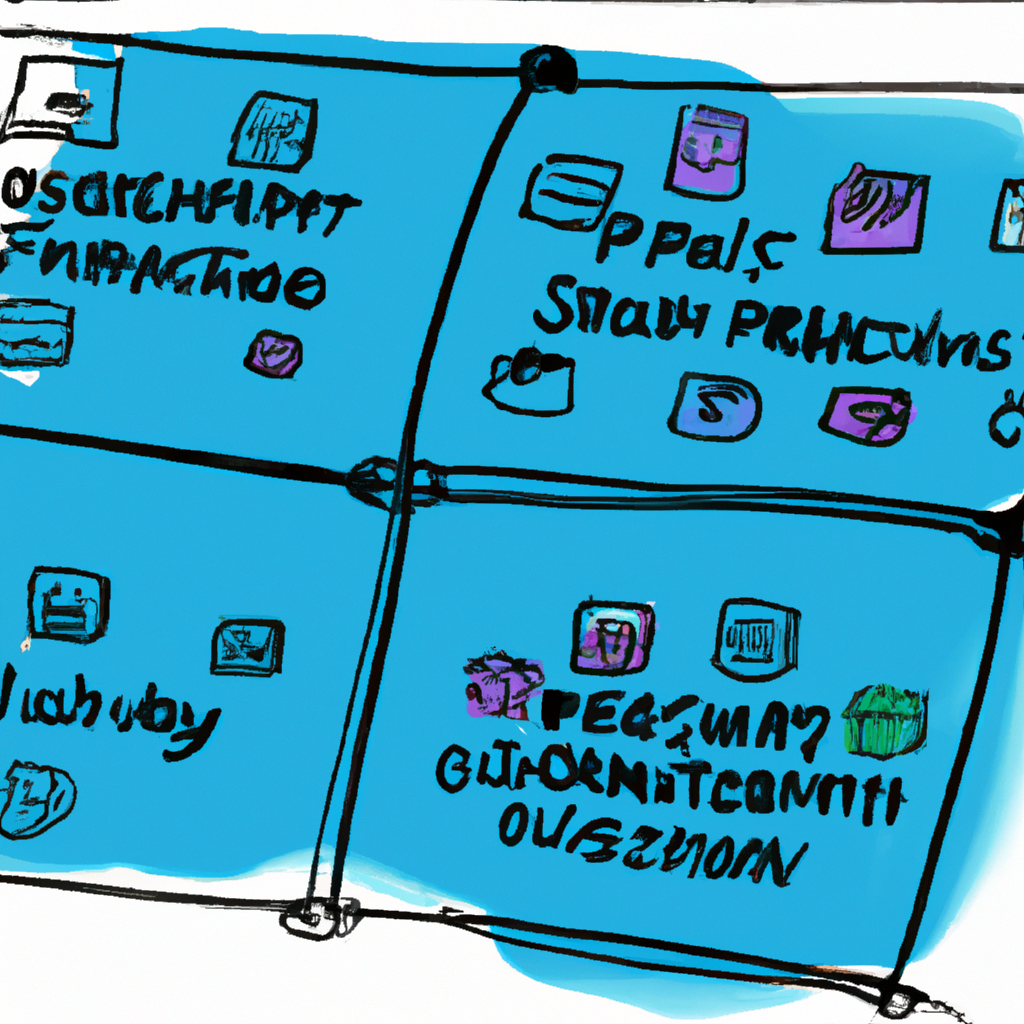
-
API Limitations:
- Explanation: Third-party services often provide APIs for integration, but these APIs may have limitations in terms of functionality, rate limits, or data access.
- Example: An API might limit the number of requests that can be made per hour, which can be problematic during high traffic periods.
-
Application: Developers must design their systems to handle these limitations, possibly by implementing caching mechanisms or queuing systems to manage API requests efficiently.
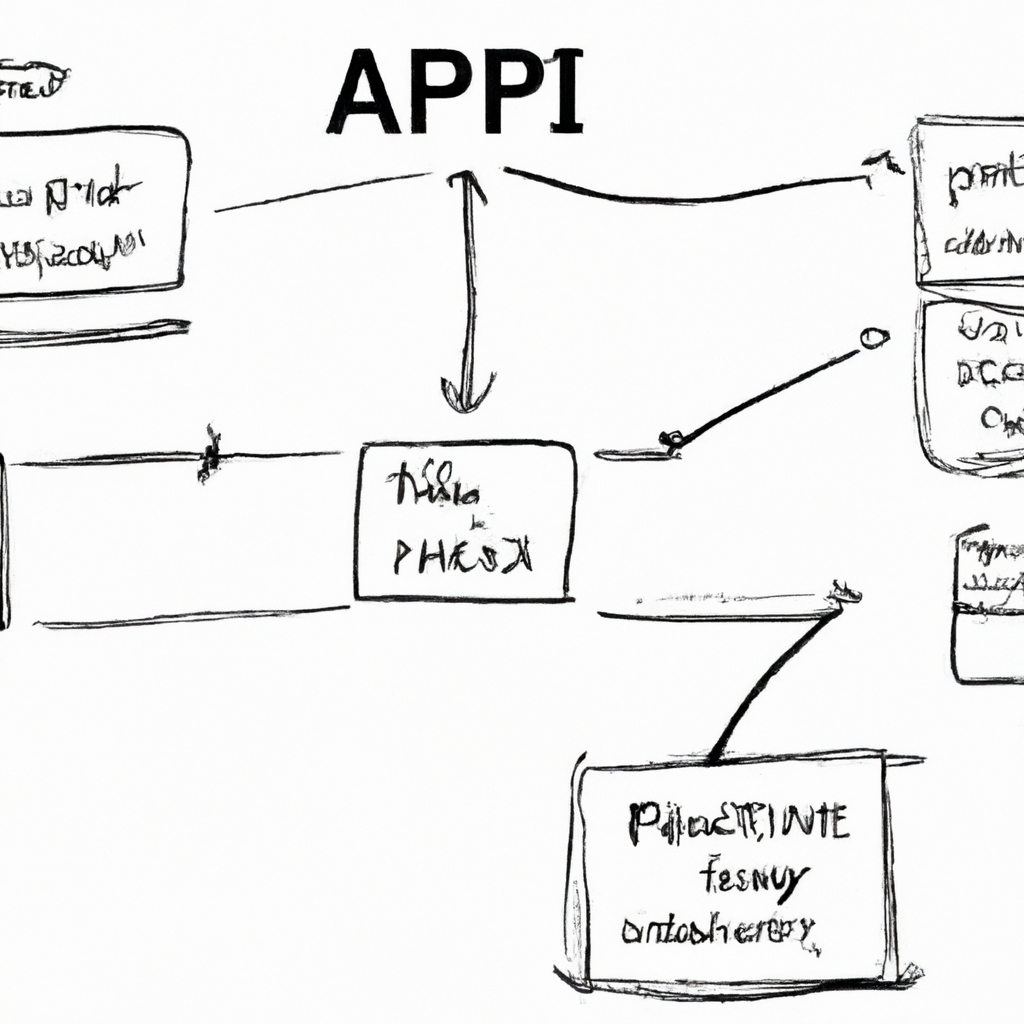
-
Security Concerns:
- Explanation: Integrating third-party services can introduce security vulnerabilities if not handled properly. Sensitive data such as customer information and payment details need to be protected.
- Example: A poorly implemented integration with a payment processor could expose credit card information to unauthorized parties.
-
Application: Developers should follow best practices for security, such as using secure communication protocols (HTTPS), validating and sanitizing inputs, and adhering to compliance standards like PCI-DSS.

-
Maintenance and Updates:
- Explanation: Third-party services frequently update their APIs and features, which can break existing integrations if not maintained properly.
- Example: An update to a shipping service API might change the way shipping rates are calculated, requiring updates to the e-commerce platform’s integration code.
-
Application: Developers need to stay informed about updates from third-party services and allocate time for regular maintenance to ensure continued compatibility.

-
Performance Impact:
- Explanation: Integrating multiple third-party services can affect the performance of the e-commerce site, leading to slower load times and a poor user experience.
- Example: Integr
Thank you for reading our article on Challenges Faced by Web Developers in E-commerce Projects. We highly value your feedback and invite you to take a brief survey to share your thoughts and experiences. Your responses will be kept confidential.
Dear Readers,
Welcome to my blog, where technology, music, and visual arts come together to spark creativity and growth. By subscribing, you’ll become part of a vibrant community committed to exploring and learning in these areas.
Select the type of engagement that suits you best:
Join us and enjoy tailored content and direct support suited to your interests.
